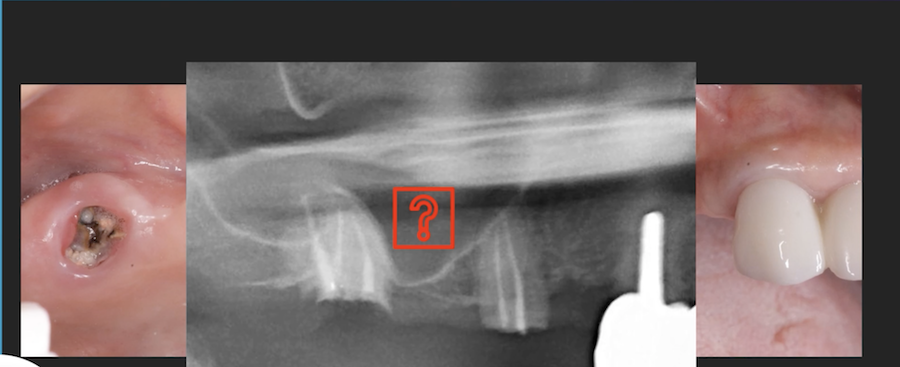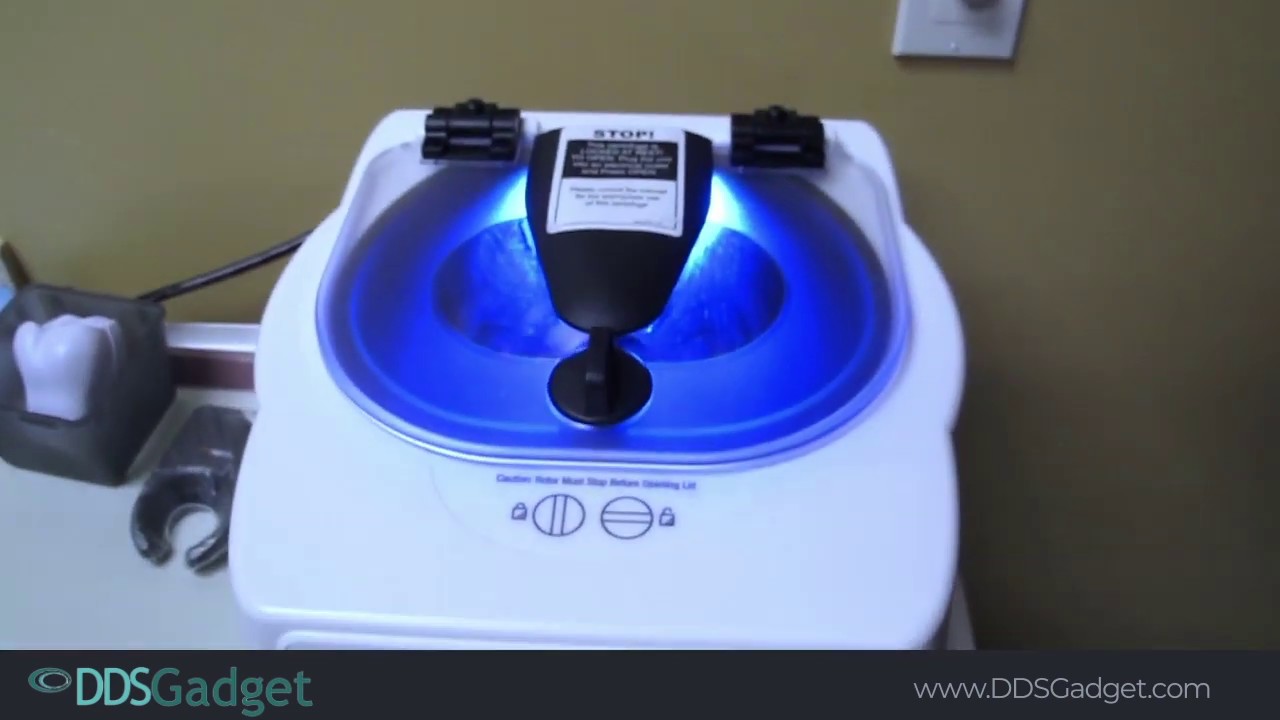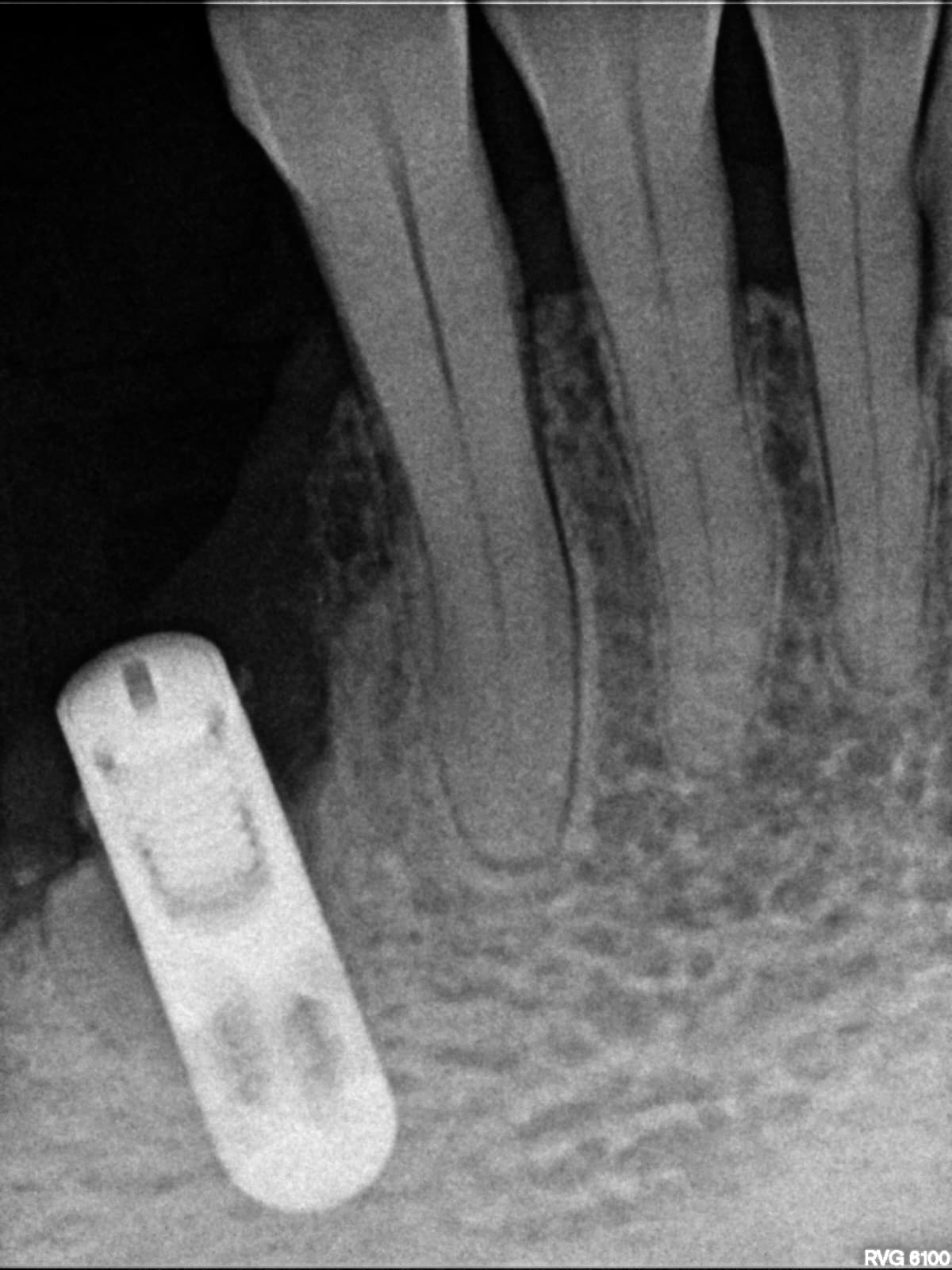Non-Osseointegration of maxillary implant: opinions?
I’m a general dentist. Recently my patient presented to me with an implant placed in #3 site. The implant is a Nobel Replace 4.3 x 8mm. I referred patient to a surgeon, whom I know, to have the implant placed, but she went on her own and chose a surgeon from her insurance list. After 4 months of healing, I took an impression with the impression coping torqued to about 10nCM. 3 weeks later as I attempted to torque custom abutment to 30nCM the whole implant started to spin at about 15nCM. Clearly the implant is not osseointegrated. I spoke to the surgeon at that time, and he recommended that I only torque the restorative screw to 10-15 nCM and place the crown. I then called a surgeon whom I know, and he said to not place the crown or it will fail due to lack of osseointegration. Now, 2 months later, the patient went back to the surgeon whom placed the implant. The surgeon told her that I should not tighten the screw anymore because if the implant spins there will be a problem. Those were the patients words. Today, now 6 months after implant placement, I was going to check to see if the implant would allow me to torque crown on to 30nCM, but based on what the patient told me, I am reluctant to touch the implant for fear of taking the blame by the surgeon. Incidentally, I received a fax from the surgeon instructing me to cement the crown with temporary cement and re-evaluate in 3 months. Since I don’t feel right about this whole situation, I am reluctant to even do that. What is your collective opinion of this situation? Would you agree to place the crown temporarily? I told the patient that I will not touch the implant until the surgeon and I come to an agreement on the situation. The patient feels stuck in the middle. All I could do was reassure her that I’m trying to do the right thing. Thanks.
![]This is the only x-ray I have which was taken to assess abutment seating. At 4.5 months post-op. Sorry, no PA](https://osseonews.nyc3.cdn.digitaloceanspaces.com/wp-content/uploads/2014/04/X02706.jpg)This is the only x-ray I have which was taken to assess abutment seating. At 4.5 months post-op. Sorry, no PA


















